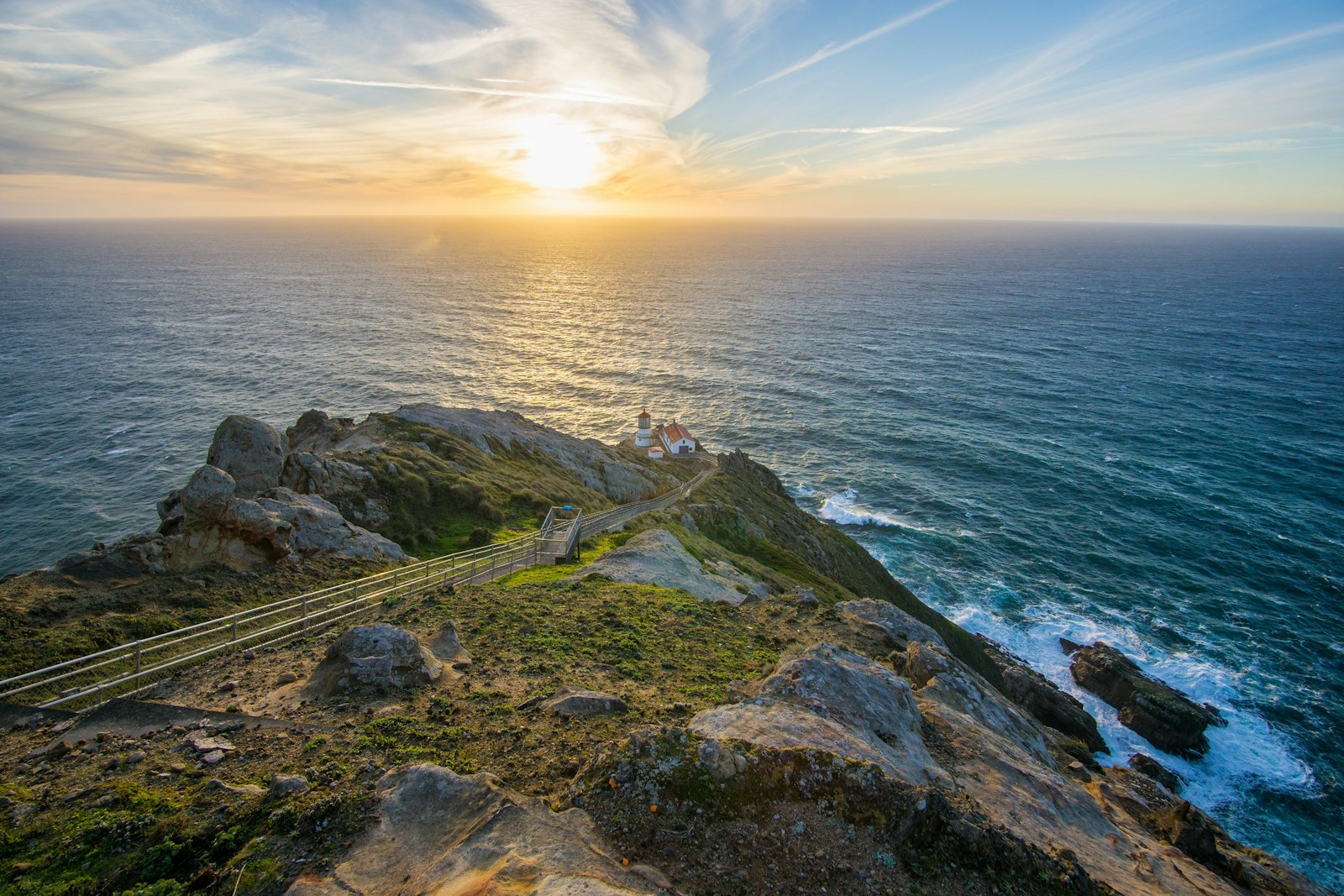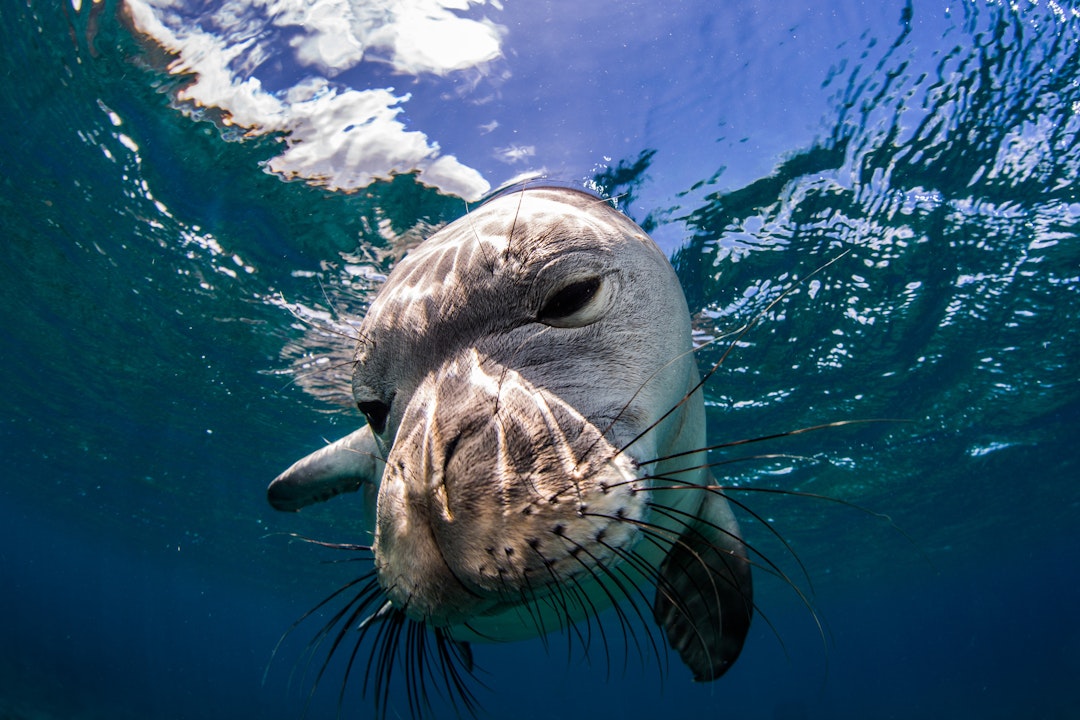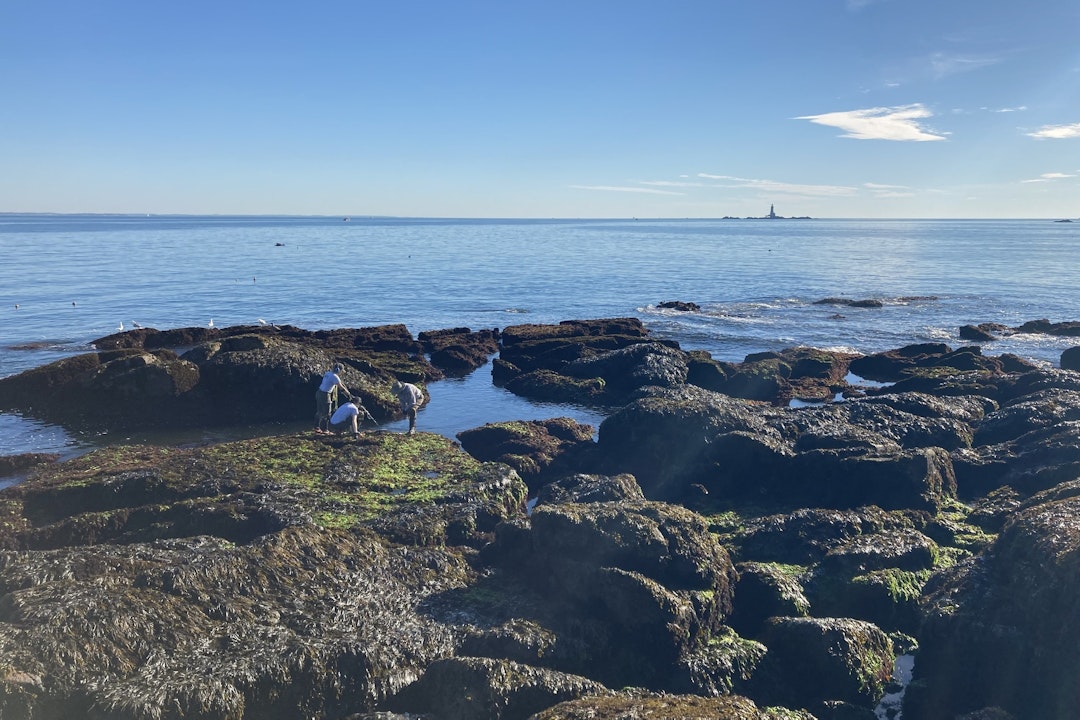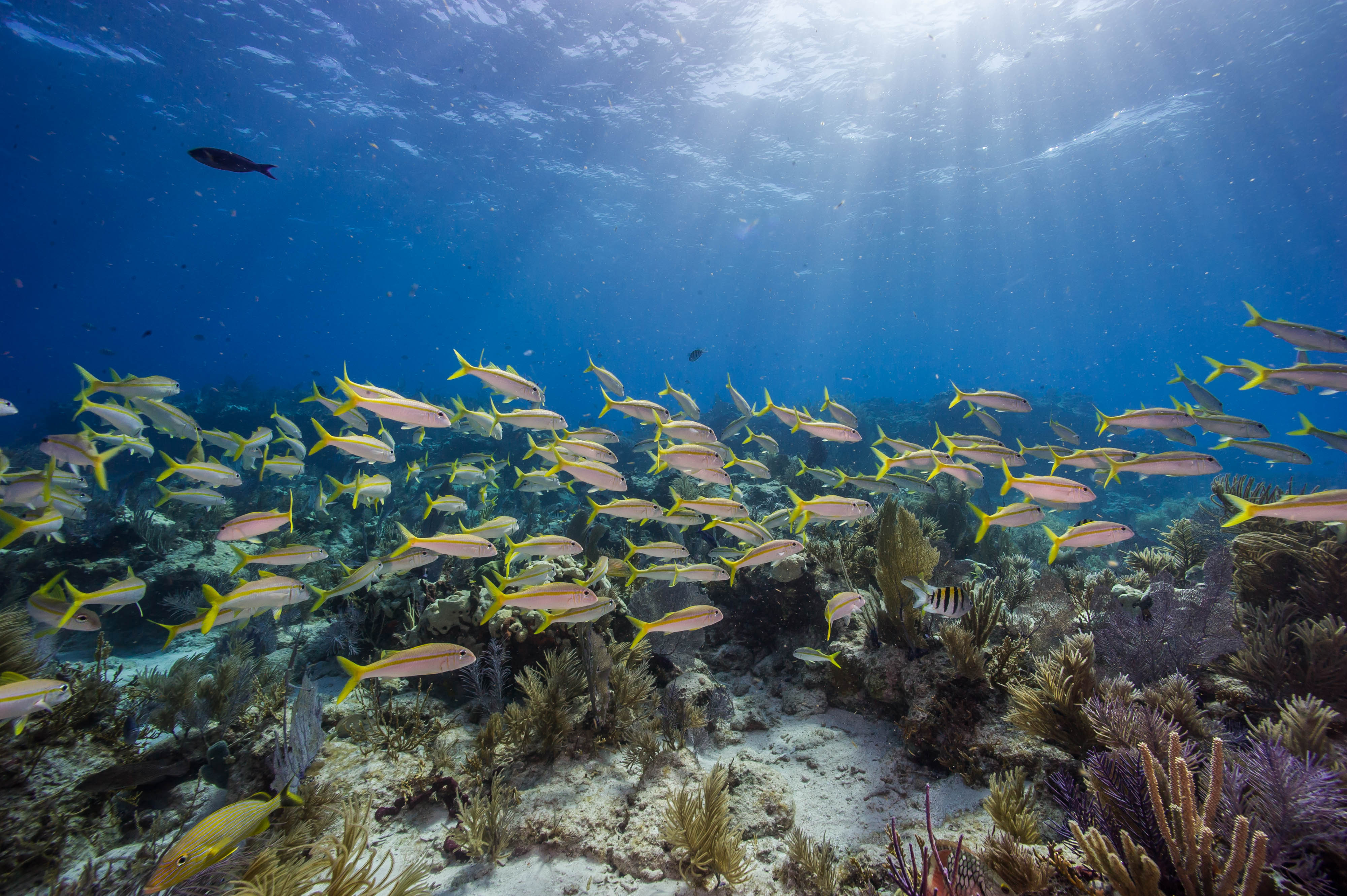
.
.

What do America’s national parks have to do with the health and vitality of our oceans?
Look under the surface and the connection is clear.
The National Park Service manages more than 80 ocean and coastal parks located across 20 states and four U.S. territories. National parks span 9 time zones and include thousands of miles of coastline from the Chukchi Sea in the Arctic to American Samoa in the South Pacific and stretching from the Gulf of Mexico to the North Atlantic.
Just as national parks like Yellowstone and Glacier preserve expansive landscapes and wildlife, our many ocean and coastal parks protect the ocean depths, coral reefs, beaches, estuaries, and tidewater glaciers – all of which support an amazingly diverse array of marine life and vital ecosystems critical to ocean health. These parks protect more than nature, they support local communities, and contribute to the well-being of millions of people each year, benefiting local businesses, travel, and tourism. In 2021, visitor spending in national parks added $42.5 billion to the U.S. economy, supporting more than 322,000 jobs in gateway communities large and small from New York City to Nome, Alaska.
America’s national parks play an important – though, under-appreciated – role in maintaining the health of marine environments, while at the same time providing sustainable tourism opportunities for an increasing number of national park visitors from around the world. Annual visitation to America’s National Parks is trending well in excess of 300 million people, illustrating the popularity of parks, and underscoring the need for strong conservation initiatives to protect these natural environments for their intrinsic beauty, for the health and resiliency of expansive marine ecosystems, and for the benefit parks bring to surrounding communities.


Consider the Florida Keys, home to four national park sites: Everglades National Park, Biscayne National Park, Big Cypress National Preserve, and Dry Tortugas National Park. Their combined annual economic output is more than half a billion dollars. The expansive Florida Keys National Marine Sanctuary contributes another $4.4 billion in economic output annually, sustaining more than 43 thousand jobs in the region.
These coastal parks and many others across the National Park System protect a wealth of natural and cultural resources that inspire wonder and a deeper connection to the world around us. National parks are also places where public and private partnerships are advancing innovative solutions, because it will take all of us working together to meet the challenges ahead.
That is why America’s national parks belong on the global stage.

I look forward to joining leaders from the public, private and nonprofit sectors at The Economist’s 10th annual World Ocean Summit in Lisbon, Portugal to talk about where sustainable tourism solutions are making a positive impact on coastal cities, and how tourism can support ocean conservation.
Learn more about the National Park Foundation’s partnerships to protect ocean and coastal parks, and follow the conversation at the World Ocean Summit on LinkedIn and Twitter.